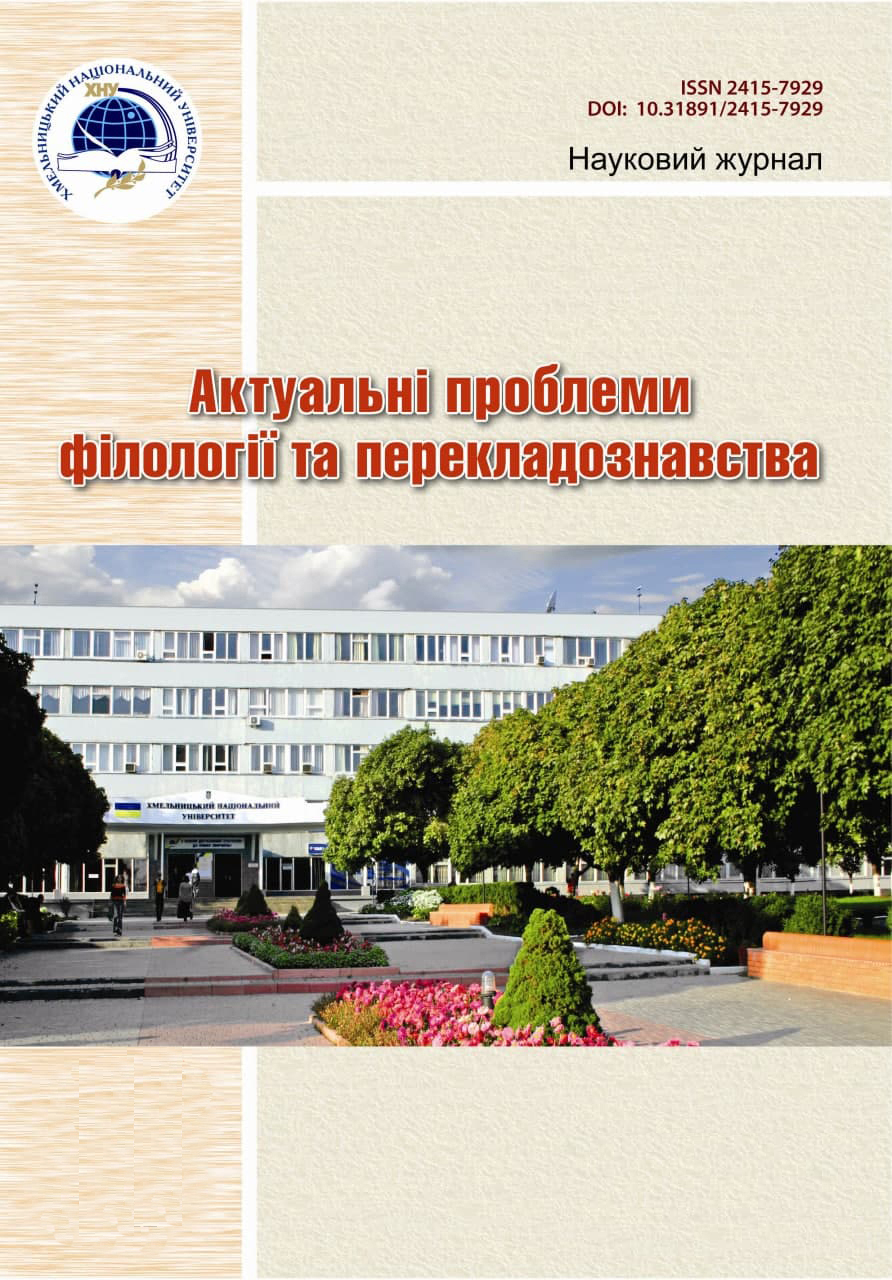FORMATION OF FOREIGN LANGUAGE COMMUNICATIVE COMPETENCE OF FUTURE INTERPRETERS AND TRANSLATORS AT UNIVERSITIES
DOI:
https://doi.org/10.31891/2415-7929-2023-28-5Keywords:
communicative competence, infobase, teaching methods, professional training, translator/interpreterAbstract
The article discusses the formation of foreign language communicative competence of future translators and interpreters in higher education. The main steps of communicative competence development in context are described. The communicative approach methods for language learning are analyzed, including active interaction between teachers and students, and the role of the teacher in creating educational conditions and situations for forming students' foreign language communicative competence. Future translation and interpreter specialists must possess both communicative and informational competence in order to succeed. This involves not only acquiring and comprehending information but also being able to effectively apply it to their professional activities. It is imperative that these skills are developed and cultivated in order to excel in the field of translation. The development of foreign language skills for translators and interpreters should be purposefully carried out in both practical and theoretical classes. In line with the communicative approach to learning, the teacher models real-life communication situations to aid the student in mastering listening skills, which is one of the most difficult aspects of learning a foreign language. Special attention should be given to the selection of pedagogical methods and technologies when developing students' foreign language communication skills. Teachers must possess a high level of competence for this process. Observations show that students learn better when they actively participate in the educational process. Translators and interpreters need to master not only the foreign language communication technique but also non-linguistic information, to ensure mutual understanding. Various methods are used to develop the ability to interpret linguistic and non-linguistic behavior of representatives of different cultures in a specific communicative situation.
Downloads
Published
Issue
Section
License
Copyright (c) 2025 О. В. СЄРГЄЄВА (Автор)

This work is licensed under a Creative Commons Attribution-NonCommercial-NoDerivatives 4.0 International License.

